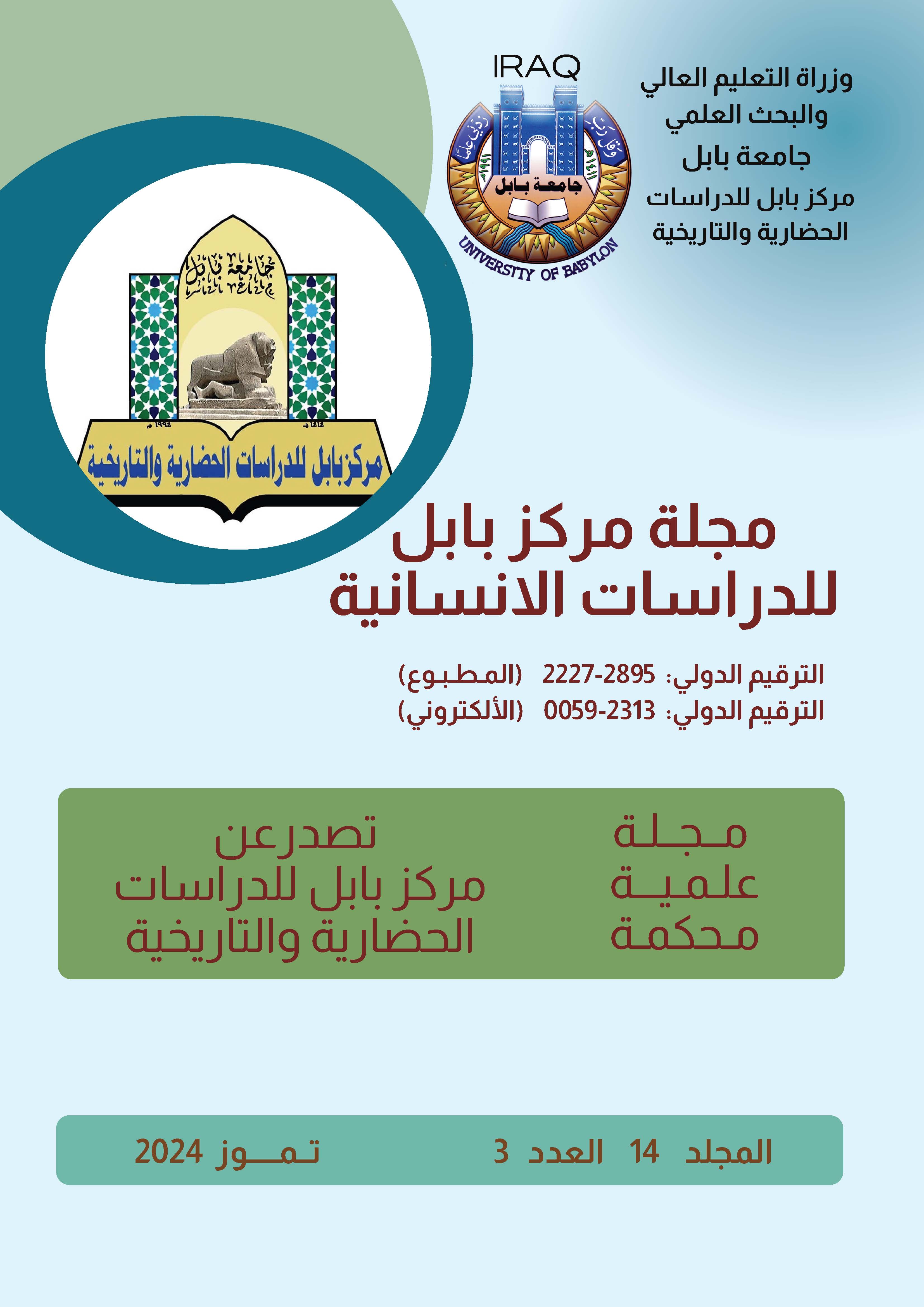The arches in Egypt in the Mamluk era (648-922 AH / 1250-1517 AD)
Keywords:
arches, Egyptian, construction, MamlukAbstract
The bridges are one of the important elements in the irrigation and river transportation system in Egypt. The origins of the bridges in Egypt go back to pre-Islamic antiquity, but they were developed and expanded during the Mamluk era. The ancient bridges in Egypt form part of the country’s important architectural and historical heritage. This research aims to study the Qanater in Egypt during the Mamluk era, and shed light on its role and importance in that historical period.
In Islamic times, Egypt was considered an important cultural and economic center. Among the main cities in Egypt was Cairo, which was considered the capital of the country in the Mamluk era. Cairo was witnessing great development in this period, and it occupied an important position in the economic and commercial system of the Mamluk state.
The history of building river bridges in Islamic times in Egypt goes back to the Mamluk era specifically, that is, to the period between the eighth and ninth centuries AH / fourteenth and fifteenth centuries AD. These bridges were built to connect agricultural lands and provide irrigation water for them. The bridges were designed In a wonderful architectural style that reflects the extent of the development of architecture in that time period.
Egypt's Barrages are distinguished by their wonderful, technical engineering design that reflects the skill of engineers and workers in that era. The bridges were built using bricks and limestone, which reflects the precision and mastery of work in that era. The bridges were designed in a way that allows water to flow freely and with high efficiency, which makes them work. Efficient distribution of water to agricultural lands. Accordingly, water installations and their buildings were among the most important works that the rulers of Egypt, especially Muslims in the Mamluk era, took care of by maintaining, sustaining, and taking care of them so that these facilities became a cultural symbol of the Islamic state and an expression of its economic strength, prestige, and urban wealth.







